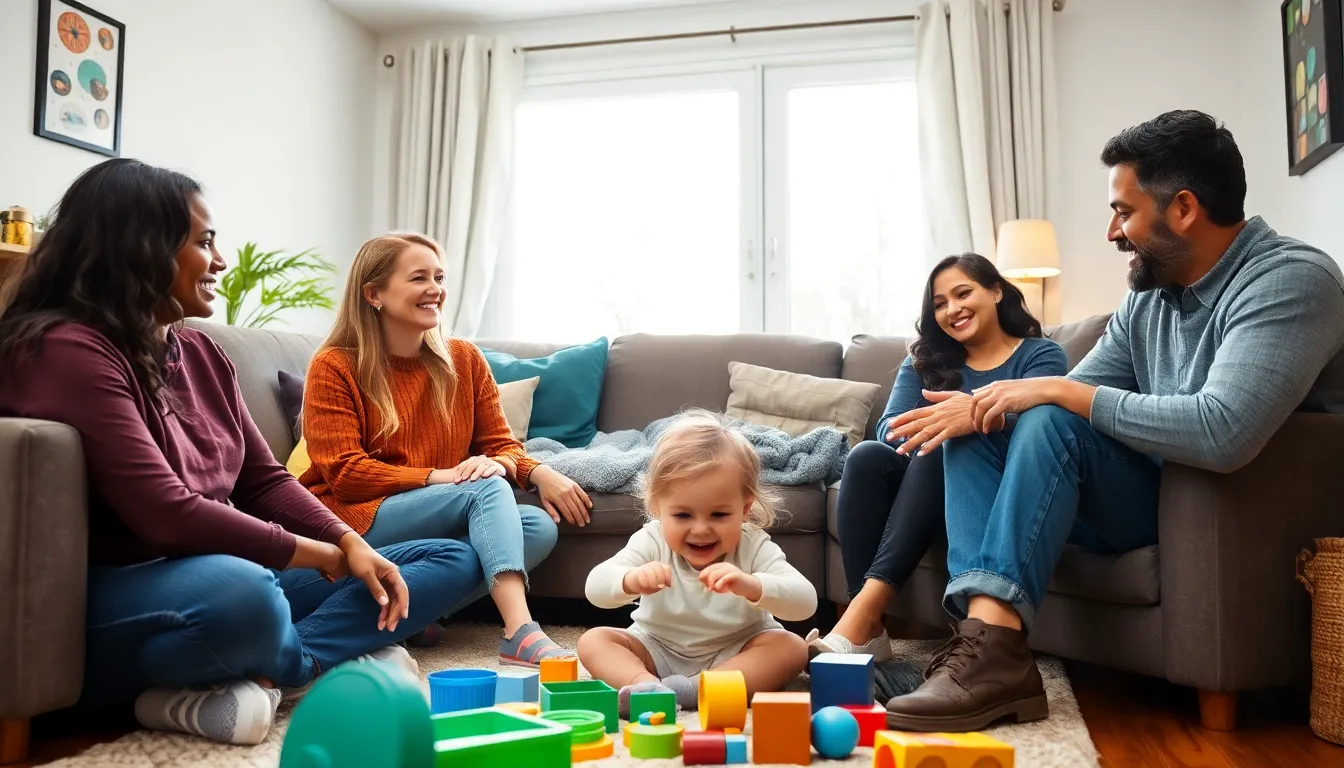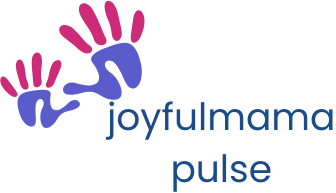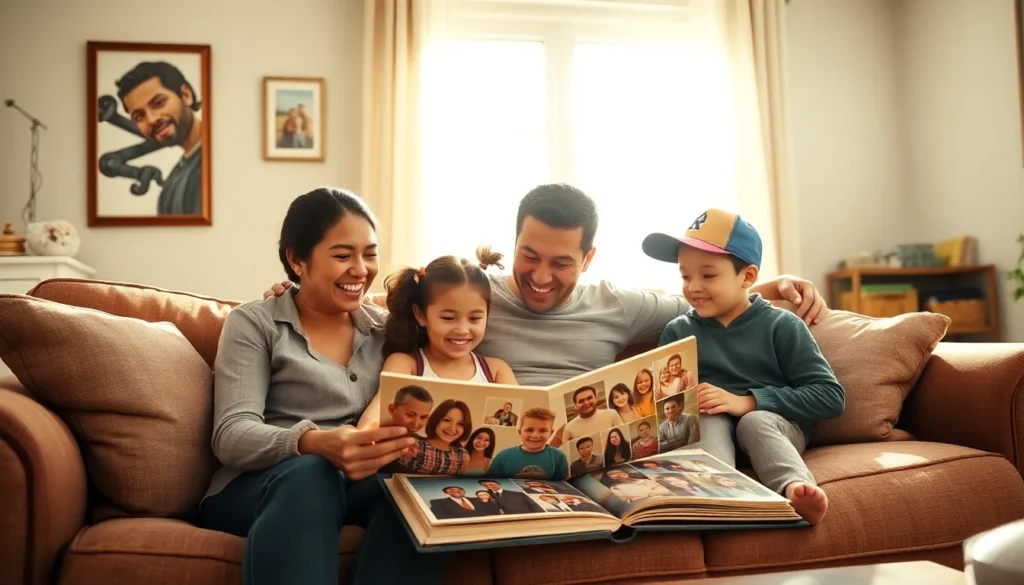Table of Contents
ToggleFostering and adoption often get tangled in a web of confusion, but understanding the difference can make all the difference. Imagine you’re at a potluck. Fostering is like sampling a dish—you get to enjoy the flavors temporarily, while adoption is committing to that dish as your family recipe for life. Both paths offer love and support, but they come with unique responsibilities and outcomes.
In a world where kids need homes and families need joy, knowing whether to foster or adopt can feel like choosing between a cozy sweater and a warm blanket. Both keep you warm, but each has its own vibe. Dive into the nuances of fostering and adoption, and discover which path might just be the perfect fit for your heart and home.
Overview of Fostering and Adoption
Fostering and adoption serve unique roles in the child welfare system. Understanding their distinctions helps individuals make informed decisions.
Definitions of Fostering
Fostering provides a temporary home for children in need. During this period, foster parents care for children while the biological family engages in reunification efforts. This arrangement often lasts from a few days to several months. The purpose of fostering emphasizes stability and support during a turbulent time in a child’s life. Specialized training prepares foster caregivers for the challenges they may encounter, ensuring they can meet children’s needs effectively.
Definitions of Adoption
Adoption involves creating a permanent family relationship between a child and parents who are not biologically related. Through legal processes, adopts assume parental rights and responsibilities. Adoption can occur through various avenues, including public agencies and private organizations. With adoption, the relationship is intended to last a lifetime, providing a sense of belonging and commitment for both parents and children. Families formed through adoption benefit from legal protection and stability, fostering lifelong connections and support.
Key Differences Between Fostering and Adoption

Fostering and adoption differ significantly in several key areas. Understanding these distinctions helps potential caregivers make informed decisions.
Legal Status
Foster care involves temporary guardianship. The biological parents retain parental rights during this period. Legal custody often remains with the state or agency involved. In contrast, adoption establishes permanent parental rights. Adoptive parents gain full legal authority over the child, severing ties with the biological parents. This commitment entails ongoing responsibilities and legal protections.
Duration of Care
Duration varies widely between fostering and adoption. Foster placements can last from a few days to several months. The primary focus lies in providing a safe environment while working toward reunification with biological families. On the other hand, adoption represents a lifelong commitment. Once adopted, children become integral family members, creating permanent relationships with their adoptive families. This distinction influences the emotional and logistical aspects of caregiving significantly.
Emotional Aspects of Fostering and Adoption
Emotional experiences differ significantly between fostering and adoption. Each path carries its unique set of emotions for both caregivers and children.
Attachment and Bonding
Attachment often develops differently in fostering than in adoption. In fostering, children may form bonds with foster parents, yet those connections might remain fragile due to the uncertainty of their situation. Foster parents often nurture these relationships, providing love and support while knowing the child may return to their biological family. Adoption fosters a deeper, lasting bond. Adoptive parents legally assume full parental rights, allowing children to feel a permanent sense of belonging. Children often experience security in knowing their family unit is stable, leading to stronger emotional ties and mutual trust.
Challenges Faced by Foster and Adoptive Families
Challenges abound for both foster and adoptive families. Foster parents may struggle with emotional distress as they prepare for children to leave. They often face feelings of loss and frustration during the reunification process. Adoptive families encounter different hurdles, navigating complex emotions surrounding the child’s history and potential trauma. Adopting parents may also feel pressure to meet the child’s needs while establishing a new family dynamic. Each family’s journey is unique, addressing specific emotional challenges associated with nurturing children from different backgrounds.
Benefits and Drawbacks
Fostering and adoption each comes with distinct advantages and challenges, impacting families and children in varying ways.
Pros and Cons of Fostering
Fostering allows caregivers to provide temporary support to children in need. It offers flexibility, as placements can last from a few days to several months. Their commitment often involves fewer legal responsibilities compared to adoption. Emotional connections may help both children and caregivers during challenging times. However, uncertainty can arise if children reunite with their biological families. Often, this leads to emotional distress for foster parents when facing separation. Overall, fostering provides crucial support, yet it comes with the potential for heartache.
Pros and Cons of Adoption
Adoption signifies a lifelong commitment and offers children a permanent family situation. Adoptive parents gain full legal rights, establishing security for both themselves and the children. Emotional bonding becomes deeper over time, fostering a sense of belonging and stability within the family. The experience of building a family journey can be fulfilling and rewarding for many. On the downside, adoptive families may confront complex issues surrounding a child’s history. Adjusting to new dynamics can present challenges, as self-identity influences relationships. Balancing these factors is essential for ensuring a smooth transition for everyone involved.
Fostering and adoption serve distinct purposes in the realm of child care. While fostering offers temporary support during a child’s transitional period, adoption establishes a permanent family bond. Each path comes with unique responsibilities and emotional challenges that caregivers must navigate.
Understanding these differences empowers individuals to make informed choices about their involvement in a child’s life. Whether one chooses to foster or adopt, both paths contribute significantly to a child’s well-being and future. Ultimately, the decision hinges on personal circumstances and the desired level of commitment to a child’s journey.





